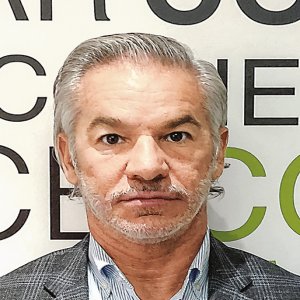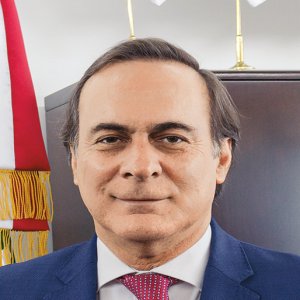Mexican Flavor Boosts Customer Attraction, Retention

STORY INLINE POST
The rise of online shopping has caused a decline in traffic at brick-and-mortar stores in Europe and the US, but the Mexican market remains an enticing destination for global retailers that know how to bond with consumers, says John Lackner, Country Sales Manager of H&M Mexico. “Global consumers want a company they can relate to and believe in,” says Lackner. “To relate to the Mexican consumer, we have tried to celebrate the local culture and local flare, creating mutual respect between the country and H&M.”
H&M, the world’s second-largest retailer, entered Mexico in 2012. Since 2016, it has experienced significant growth, opening on average 10 stores per year. Although this might seem an aggressive expansion strategy, Lackner says it makes sense given the potential of the Mexican market. “Growing too fast can cause strain in the organization but we believe our development in Mexico is sustainable,” he says. With 47 stores throughout the country and seven more planned for 2019, Lackner says the company’s expansion is rooted in the country’s improved commercial infrastructure. “We are working with all major developers to sustain our growth and to complement their portfolio,” he says. “We drive traffic to any shopping mall where we are present, which provides a mutual benefit to H&M and its lessors.”
Mexico has not experienced the same traffic drop at shopping malls as other regions, mainly because visiting these is still considered a family activity. As a result, the company has made it a priority to implement full concept stores with enough space to put the customer first. For H&M, this means having a fashion offering that addresses the needs of different customer groups depending on the store’s location.
H&M has also made a significant effort to blend into the Mexican culture by celebrating the country’s singularities. “We want people to know that H&M celebrates the local culture and that our fashion is for everyone, which is why we launch campaigns using local models and people with different body types and genders,” says Lackner. H&M’s future flagship store on Masaryk Avenue in Mexico City will boost the company’s relationship with Mexican culture by providing not only a fashion offering but also a space to showcase Mexican art. “The store will celebrate up-and-coming Mexican artists,” says Lackner. “H&M’s global campaign for 2020 will transform the way customers view our store. Instead of a cookie-cutter model, the idea is for the space to feel like a part of the neighborhood.”
Store openings and a rapid expansion might have driven H&M’s success in Mexico but the company is not blind to the reality of digitalization. To that end, it is launching an online store in 2019. Although this is an exciting venture, Lackner adds, H&M also understands that the online market in the country is smaller when compared to other international regions. Regardless, the company will maintain its focus on the customer, just as it does at its brick-and-mortar stores.
Online interaction between the brand and the customer might not appear to be as direct but Lackner says the company is taking significant steps to make the online shopping experience as seamless as possible. “Each client has different expectations regarding their omnichannel experience,” he says. “For us, it is important to have the same commercial message online and at our stores.” H&M is applying that same strategy in its marketing efforts, using both traditional and digital channels to reach the customer with a unified message. “We need billboards to communicate with some customers,” says Lackner. “We also understand that young people always have their phone at hand, so we have created a blend of marketing strategies for the country.”
Sustainability has also become a key element for H&M. The company has engaged in a number of initiatives that include the use of recycled fabrics and 100 percent organic cotton to minimize its environmental impact. “To be leaders in fashion we also need to be leaders in sustainability,” says Lackner. “We want to raise awareness regarding our sustainability initiatives and share them with our customers to truly be a better company























